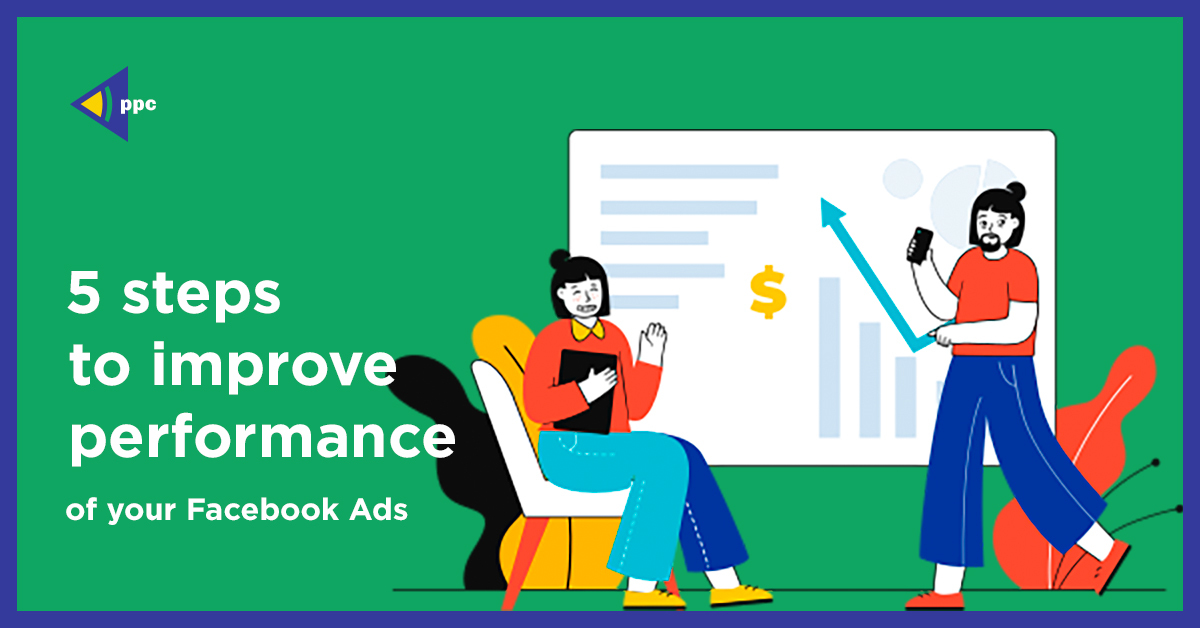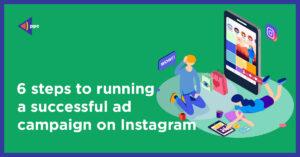
5 Steps to Improve the Performance of Your Facebook Ads
Advertising on Facebook is a great tool for finding customers in all kinds of niches. It allows you to set up an ad campaign as close as possible to potential customers. But just like on any other advertising platform, the wrong (or too “wide”) setting can simply waste your budget without any results.
In this article, I will tell you about some simple steps that will help you direct the advertising budget in the right direction and achieve your advertising goals.
Step 1. ADVERTISING STRATEGY
Before you run up advertising, you must clearly understand what exactly you want to achieve. Consider several different-purpose ad campaigns that Facebook offers:
- Make a brand campaign to introduce your product and occupation (or field of activity ?) to the audience;
- Create a separate campaign targeted to users who have already interacted with your posts. You can offer them loyal terms of purchase, discount, gift, etc.
A separate campaign, the so-called cross-sale, will not be superfluous for those users who already made a purchase from you a couple of days ago: offer the user another product that accompanies an already purchased one. Of course, ideally, a cross-sale should be done right away when buying a product, but within 3-5 days after the purchase the user still remembers you, and the likelihood of another sale increases significantly.
Step 2. SEGMENT
When creating an ad group, Facebook defaults to Automatic Placements. This means that your ad will show wherever Facebook allows. Thus, it’s kind of increasing audience reach and number of impressions. But this doesn’t mean at all that it will bring you the desired result in the form of a large number of sales. Moreover, in the future, it will be more difficult for you to understand where exactly your target audience is located, which is carrying out conversions, and part of the budget will be wasted.
Create a separate ad group focused on Facebook, a separate one for Instagram, etc. This will help you better see and analyze the results for each placement, and, in the future, choose the most suitable option specifically for your niche.
The same advice applies to audiences: separate men and women, age, language, and location of users into separate ad groups. In general, all you can do is to segment (just try not to go to extremes, the audience shouldn’t be very narrow). After a week or two, analyze the data: leave more successful and cheaper ad groups, and turn off expensive and ineffective ones. Of course, pay attention to what placements / locations / languages / ages / gender / etc. remain active and which are not.
Step 3. WORK WITH CONTENT
Write 3-5 headline options that attract attention – after all, 70% of users read-only them. Of course, this doesn’t mean that you can write anything in the text of the advertisement. No, any text in your ads should urge the user to perform the target action, interest him, and give a clear idea of your product or service.
Pay special attention to the text: check for grammar and spelling errors, add suitable emoji, and enhance it with calls to action. I recommend writing 3-5 options for ad texts to see which ones give the most conversion.
Step 4. WORK WITH ADVERTISING CREATIVES
Also, as in the previous tip, create 3-5 quality images for ads that are relevant to your proposal. Prepare each image in various sizes targeted at different placements (Facebook / Instagram feed, Stories, Messenger, Audience Network, etc.). So the image will be displayed correctly where you plan to show it and the user will see the creative exactly as you intended it, and not the way Facebook cuts it (or Facebook may simply not allow an image of the wrong format for advertising). Remember about the text in the image – it should take up no more than 20% of the entire image.
Add small videos to ads – they work better than a simple image, and a click is cheaper. The advantage of video advertising is that users like to watch short videos more than static image.
Step 5. TEST ALL
In each ad group, create those same 3-5 ads with different headlines, texts, images, and videos. Run them and observe, and analyze for at least a week. See which option brings the most interactions, which of them has the most sales, and where is the cheapest click. Leave the most suitable options and turn off the rest. This tip also applies to detailed interest targeting – choose different combinations of interests and user behavior to understand what works best for your business.
In conclusion, I want to write that no matter how cool and resultative your ad is, sooner or later it will stop being so. “Burnout” of texts and images/videos for the same audience occurs 30-40 days after the start of advertising. This means that a month after the launch of the PPC advertising campaigns, users will get annoyed with your ad, the reach will decrease, the cost of a click or conversion will increase significantly, and their number will decrease significantly.
This is absolutely normal and you should be prepared for it. Just turn off those ads that have stopped bringing the desired result and create new ones with new images or videos, headlines, and texts. And then again test and analyze to always get a high-quality result.



